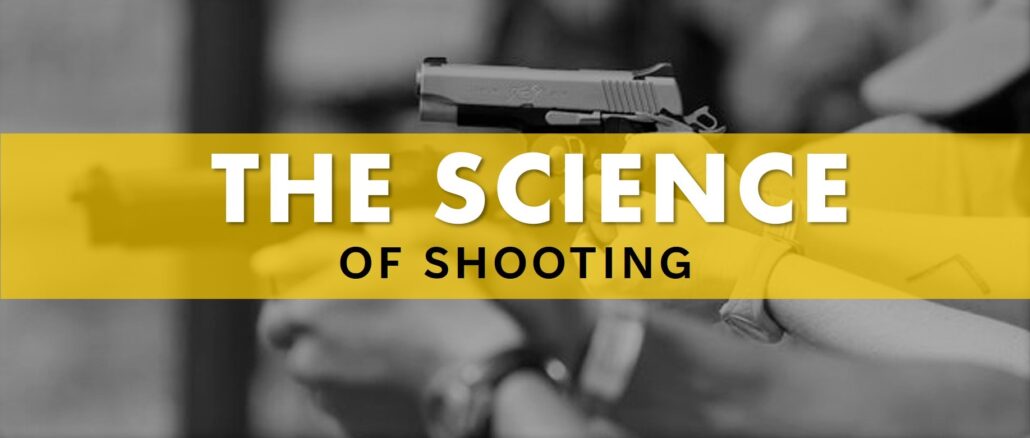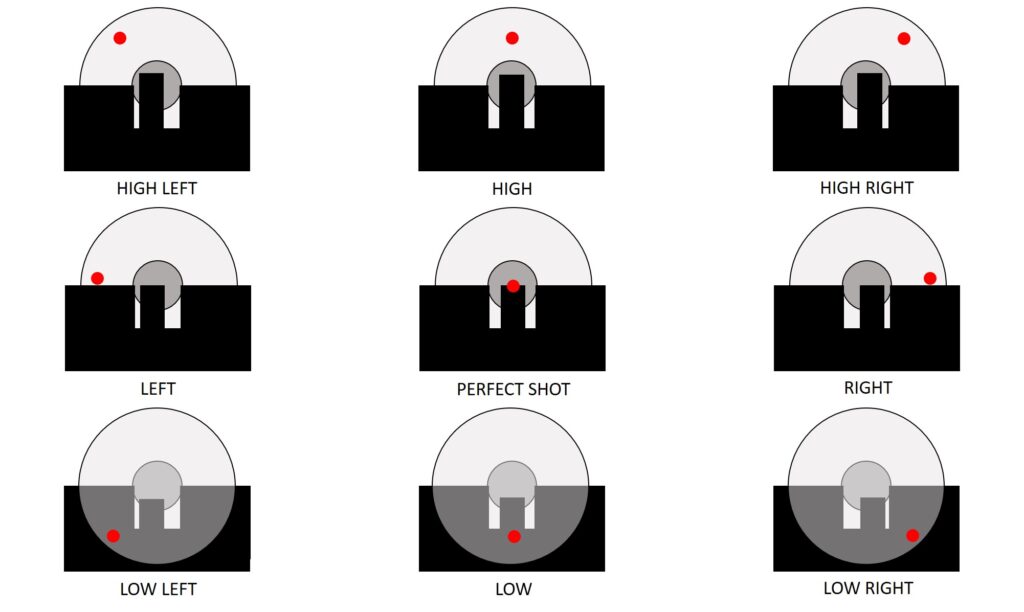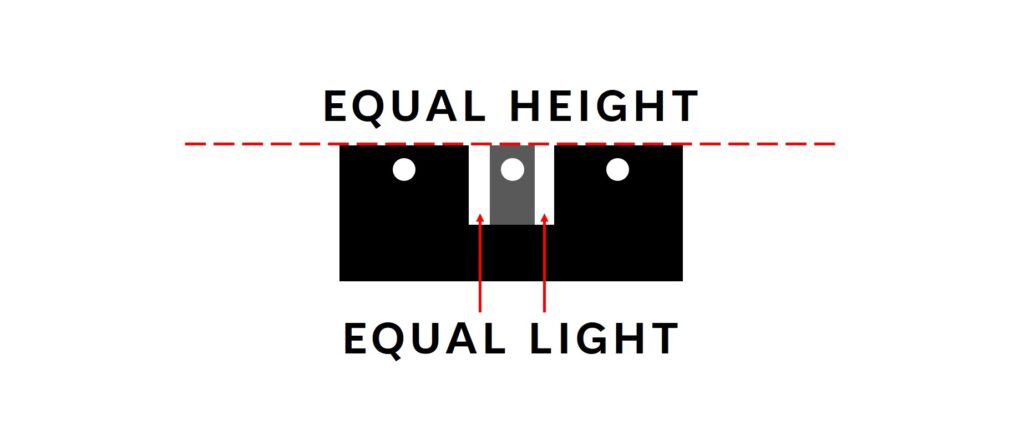
Shooting, whether it’s with a firearm, bow and arrow, or air gun, involves a fascinating interplay of physics, mathematics, and precision. Understanding the science behind shooting is not only crucial but also offers a glimpse into the complex world of ballistics, trajectory, and accuracy.
Ballistics: The Basics

Ballistics is the study of the motion of projectiles, and it plays a central role in the science of shooting. When a bullet, arrow, or any other object is launched, it experiences various forces, including gravity, air resistance, and sometimes even wind. These forces affect the trajectory and accuracy of the shot.
Gravity is the most significant force at play in ballistics. It constantly pulls the projectile downward. As the projectile travels, it forms a curved path known as a trajectory. The bullet or arrow must overcome gravity’s pull to reach its target.
Trajectory: The Curved Path

Understanding the trajectory of a projectile is essential for accurate shooting. Trajectory depends on factors such as initial velocity, angle of launch, and the forces acting on the projectile.
The angle at which a projectile is launched plays a crucial role in determining its trajectory. For instance, a shallower angle results in a longer, flatter trajectory, while a steeper angle leads to a shorter, more arched path. Adjusting the launch angle is a fundamental technique for achieving accuracy in various shooting disciplines.
Accuracy: The Holy Grail
Accuracy in shooting is about hitting a specific target consistently. Achieving this precision involves multiple variables.
Initial Velocity: The speed at which a projectile is launched is a critical factor. Higher velocities reduce the effect of gravity and air resistance, allowing for flatter trajectories and increased accuracy.
Barrel Length (in firearms): A longer barrel generally increases the muzzle velocity, enhancing accuracy.
Projectile Shape and Weight: The shape and weight of the projectile influence its stability in flight. Bullets or arrows with better aerodynamics tend to be more accurate.
Wind and Environmental Factors: Wind, humidity, and temperature can significantly affect a projectile’s path. Skilled marksmen learn to compensate for these variables.
Practice and Skill: Ultimately, the shooter’s skill and experience are the most significant factors in achieving accuracy. Practice helps a shooter refine their technique and make consistent adjustments. If you are using iron sights, this infographic will help with sight alignment and understanding where your shots land on your target.

Sight Alignment and Trigger Control: Proper sight alignment and precise trigger control are essential for accuracy. Always remember the golden rule: equal height and equal light, as explained by the below infographic. Focus on the front sight, squeeze the trigger, and make sure your sights stay aligned like below.

In summary, the science of shooting revolves around understanding ballistics, trajectory, and accuracy. Mastering these concepts requires a blend of theoretical knowledge and practical experience. Whether you’re a competitive marksman or simply interested in the physics of shooting, delving into these principles can deepen your appreciation for the precision and skill involved in hitting a target with pinpoint accuracy.

Let Us help You With Your Firearm Application
We offer a comprehensive range of services to assist you in obtaining your firearms license. If you’re looking to apply for a Firearms license in South Africa, GUNLINK are specialists in this process. We help you to compile your application, along with your motivation, and ensure that you have all the correct documentation for your submission to SAPS.




Be the first to comment